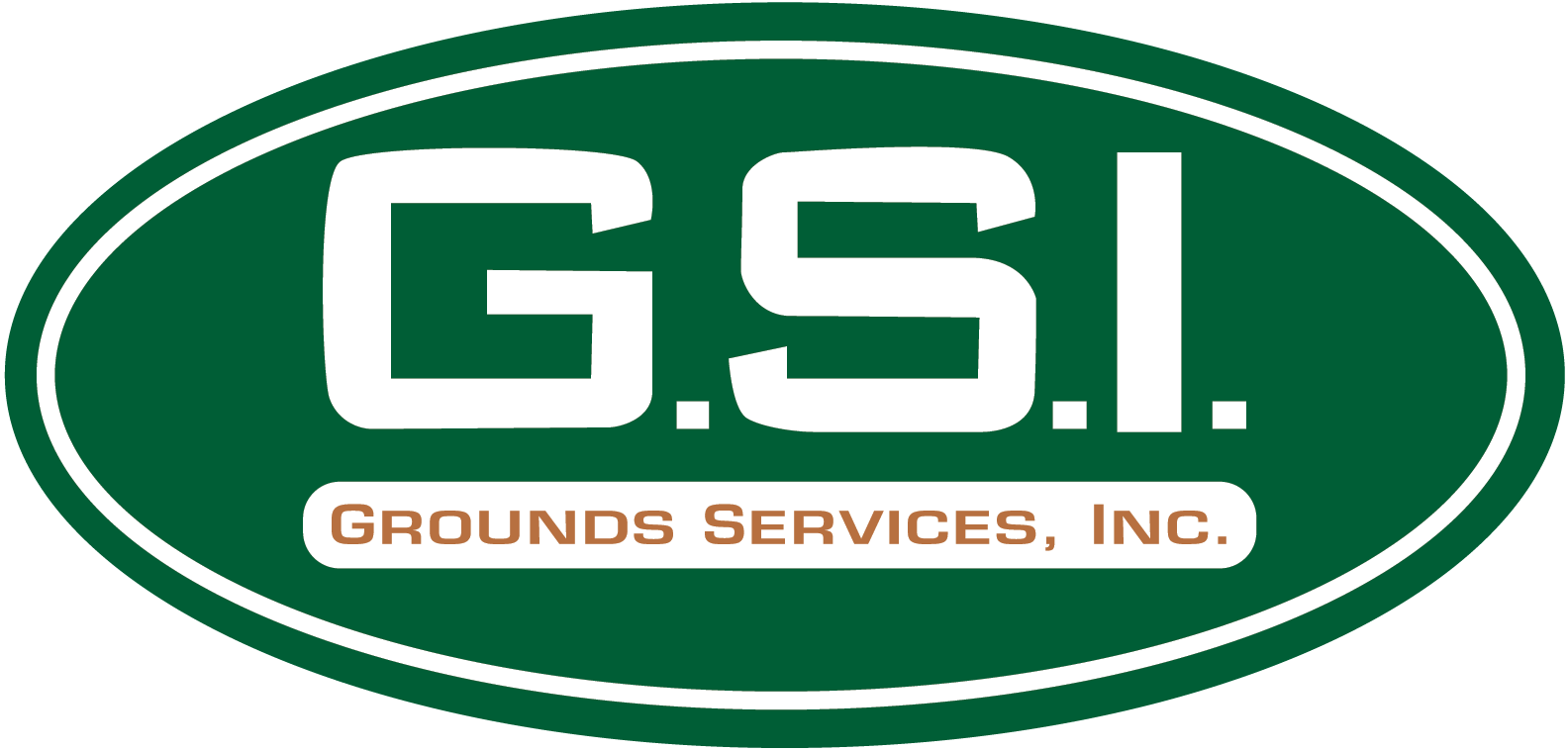Products
Labels | MSD Sheets
If you do not see the label or msds for the lawn care product you are looking for, please contact us and we would be happy to get that information to you. Below are list of pesticides we use along with their label and/or msds. The bottom portion of your service invoice will also have helpful information on it; including requirements and precautions. If you have product specific questions, please reach out to our office at 567-952-0057.
- Application # 1: 18-0-5 0 .125% Dithiopyr, 25% Fortify (EPA Reg No. 9198-242) Label, MSDS
- Application # 1: 17-0-0 0 .28% Prodiamine, 25% Fortify (EPA Reg No. 9198-124) Label
- Application # 2: 17-0-0 .28% Prodiamine (EPA Reg No. 60063-41-41124) MSDS
- Liquid Broadleaf Weed Control, Lesco Three-Way. Label, MSDS
- Mesotrione with Starter Fertilizer. Label
- Liquid Broadleaf Weed Control, Trimec 992. Label
- Fungicide - Pentathlon* LF
- Fungicide - Propiconizole 14.3 Label
- Fungicide - Manzate Max
- Fungicide - TM 4.5F
- Fungicide - Chlorothalonil
- Grub Control - GrubOut Insecticide. Label, MSDS
- Liquid Insect Control: Bifenthrin
- Liquid Insect Control: Safari
- Liquid Mite Control: Floramite
- Liquid Mite Control: Abamectin
- Liquid Pre-Emergent: Dimension 2EW
- Post Emergence: Solitare Label
- Rodeo Herbicide - MSDS
- Clearcast Herbicide - Label
- Glyphosate - Round Up Pro Concentrate
- Glyphosate - Lesco Prosecutor
- Tenacity: Label
- Meso 4 SC Select: Label, MSDS
- You can search for MSDS and Labels by brand name.
- Other products that may not be listed: Anderson's Products
Some of the products used for our fertilizer applications are custom blends. We will always provide a MSDS sheet upon request for your specific property and/or site location. As the year progresses, we will keep this section up-to-date with the MSDS sheets, labels and other important information of products applied. How do I know what was applied? The product applied to the property will be noted on the top portion of your invoice and/or noted by the technician on your copy as well as on the office copy. If you have any questions, feel free to contact us at 567-952-0057 and we would be glad to help you.
In case of an emergency: The American Association of Poison Control Centers 1-800-222-1222
Pesticide Information
- Herbicides
- Herbicides can either be contact (applied and targeting only the parts of the plant where the chemical is deposited) or systemic (applied to the leaf or root structure of the plant in which the chemical may be absorbed and transported throughout the plant). Some herbicides are non-selective meaning that the chemical will target any and all growth (grass, broad leaf weeds, shrubs, etc). Selective herbicides target specific plants such as broad leaf weed control which will not damage the turf grass while applied on a lawn. Herbicides may act as growth regulators, interfere with the plants natural chemical synthesis, or affect a seeds germination habit. As with all pesticides, please read and follow all label instructions.
- Insecticides
- Insecticides can either be systemic (absorbed through the plant and then ingested by the insect through feeding) or contact (applied directly to the insect or picked up by the insect moving through an area which has the insecticide on it). Insecticides may be selective (attacks only specific insects) or broad-spectrum (affects a wide range of insects).
- Fungicides
- Fungicides may be used as a preventative or corrective measure; they can work by either preventing or interfering with the germination process of the fungal spores or destroy the fungus outright. Contact fungicides will not be absorbed by the plant's tissue and will only remain active on the surface of the plant in the location applied. This is beneficial since it rarely leads to the fungi building a resistance against the fungicide since the residual does not last long. Penetration fungicides may also be an option. This sort of fungicide not only penetrates the leaf of the plant (in which it can then travel to other portions of the plant) but may also be used as a contact fungicide. Penetration fungicides can be used to protect new growth from potential fungus attacks (especially if susceptible, such as perennial rye grass).
